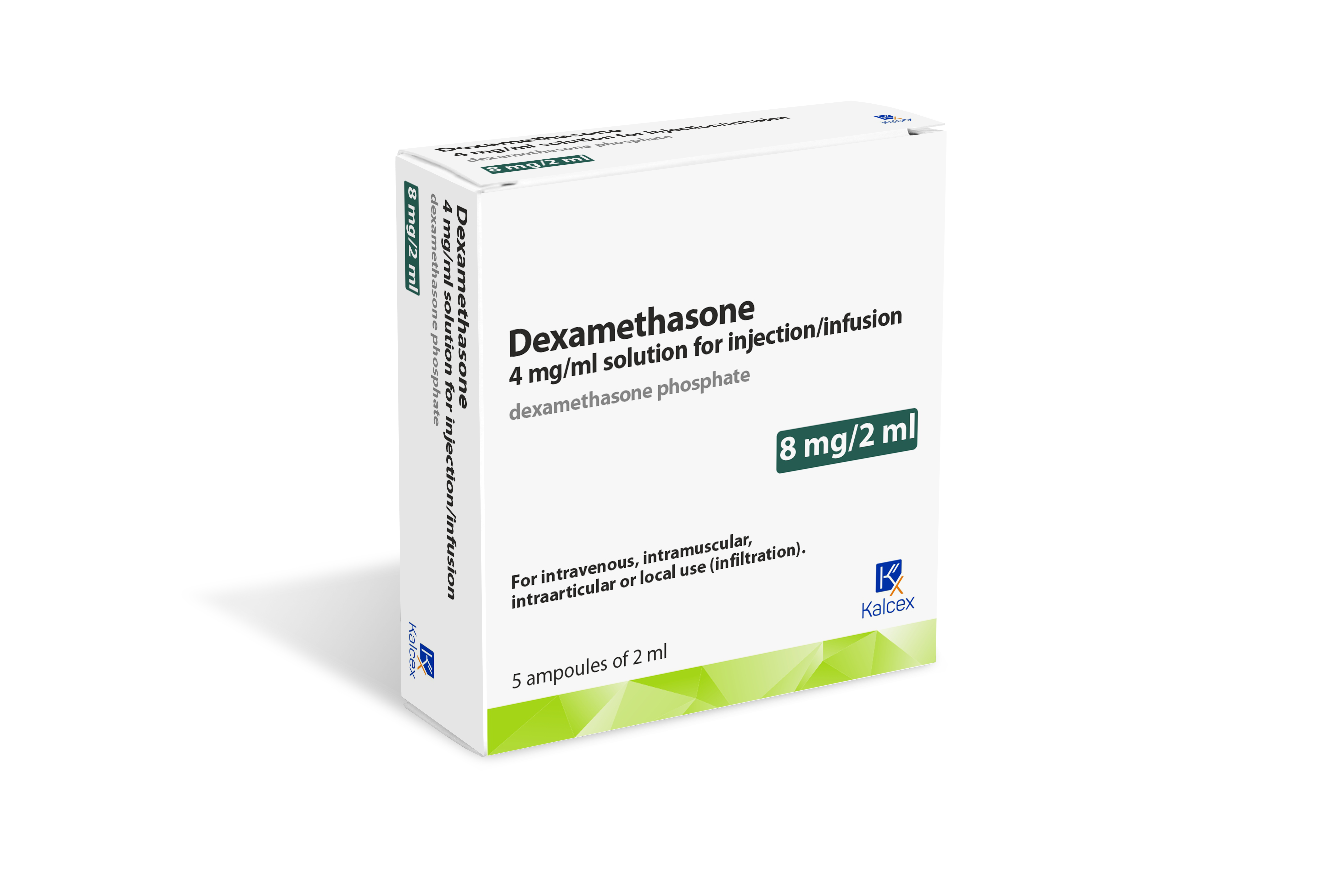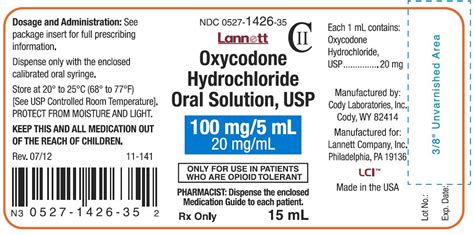The realm of corticosteroids, a class of medications known for their potent anti-inflammatory and immunosuppressive properties, is home to a versatile and widely used drug: dexamethasone. As a synthetic member of the corticosteroid family, dexamethasone has been a cornerstone in the treatment of various medical conditions, ranging from inflammatory disorders to certain types of cancer. This comprehensive guide delves into the uses of dexamethasone, exploring its application, benefits, and potential side effects, to provide a thorough understanding of this essential medication.
Introduction to Dexamethasone
Dexamethasone is a long-acting corticosteroid that is about 20-30 times more potent than the naturally occurring cortisol (hydrocortisone) produced by the adrenal glands. Its synthesis was aimed at creating a compound with greater therapeutic potency and fewer mineralocorticoid effects compared to the naturally occurring corticosteroids. Dexamethasone works by mimicking the effects of cortisol in the body, reducing inflammation and suppressing the immune system. This makes it an invaluable treatment option for conditions characterized by excessive inflammation or autoimmune responses.
Medical Uses of Dexamethasone
The therapeutic applications of dexamethasone are diverse and widespread, reflecting its capacity to modulate both inflammation and immune responses. Some of the primary medical uses of dexamethasone include:
- Inflammatory Conditions: Dexamethasone is used to treat a variety of inflammatory conditions, including rheumatoid arthritis, lupus, and severe allergic reactions. Its potent anti-inflammatory effects help in reducing swelling, pain, and redness associated with these conditions.
- Asthma and Chronic Obstructive Pulmonary Disease (COPD): In cases of asthma and COPD exacerbations, dexamethasone can help in reducing airway inflammation, thus improving breathing and overall respiratory function.
- Cancer: Dexamethasone is used in the management of certain types of cancer, such as leukemia, lymphoma, and brain tumors. It helps in reducing inflammation and swelling, especially around tumors, and can also be used to manage side effects associated with chemotherapy.
- Cerebral Edema: The drug is effective in reducing swelling in the brain caused by tumors, injury, or infection, thereby alleviating symptoms such as headache and confusion.
- Preterm Labor: Dexamethasone can be administered to pregnant women at risk of preterm labor to accelerate fetal lung maturation, thereby reducing the risk of respiratory distress syndrome in newborns.
Dosing and Administration
The dosing of dexamethasone varies widely depending on the condition being treated, the severity of the condition, and the patient’s response to therapy. It can be administered orally, intravenously, or via injection directly into a joint or soft tissue. For acute conditions, high doses may be used initially, followed by a tapering schedule to minimize side effects as the condition improves. Chronic use requires careful monitoring due to the potential for significant side effects, including suppression of the adrenal glands’ natural production of corticosteroids.
Potential Side Effects and Considerations
While dexamethasone is a valuable therapeutic agent, its use is not without potential risks. Side effects can range from mild to severe and include:
- Weight Gain and Mood Changes: Increased appetite and fluid retention can lead to weight gain, and mood alterations such as euphoria or depression can occur.
- Increased Blood Sugar: Dexamethasone can cause an increase in blood sugar levels, posing a risk for patients with diabetes.
- Osteoporosis: Long-term use can lead to bone loss, increasing the risk of osteoporosis.
- Adrenal Suppression: Prolonged administration of dexamethasone can suppress the body’s natural production of corticosteroids, necessitating a gradual taper when discontinuing the medication to allow the adrenal glands to recover.
Conclusion
Dexamethasone stands as a testament to the advancements in medical science, offering a powerful tool in the management of a wide array of medical conditions. Its efficacy in controlling inflammation and modulating immune responses makes it an indispensable part of modern therapeutic regimens. However, its use must be carefully balanced against the potential for side effects, emphasizing the importance of personalized treatment plans and close monitoring under the guidance of healthcare professionals.
FAQ Section
What are the common uses of dexamethasone?
+Dexamethasone is commonly used to treat inflammatory conditions, manage symptoms of certain cancers, alleviate asthma and COPD exacerbations, reduce cerebral edema, and accelerate fetal lung maturation in preterm labor situations.
How is dexamethasone administered?
+Dexamethasone can be taken orally, administered intravenously, or injected directly into a joint or soft tissue, depending on the condition being treated and the severity of symptoms.
What are the potential side effects of dexamethasone?
+Potential side effects include weight gain, mood changes, increased blood sugar levels, osteoporosis, and adrenal suppression. The risk of these side effects can be minimized with proper dosing and monitoring under the care of a healthcare provider.
Can dexamethasone be used during pregnancy?
+Dexamethasone can be used in pregnancy, especially to promote fetal lung maturation in cases of preterm labor. However, its use should be carefully considered and monitored due to potential effects on the fetus and the mother's health.
How should dexamethasone be tapered when discontinuing its use?
+To avoid adrenal insufficiency, dexamethasone should be tapered gradually when its use is discontinued. The tapering schedule should be determined by a healthcare provider based on the duration of treatment and the dosage used.
In conclusion, dexamethasone is a powerful therapeutic agent with a wide range of applications. While it offers significant benefits in the management of inflammatory and autoimmune conditions, its use requires careful consideration of potential side effects and close monitoring to ensure safe and effective treatment.



